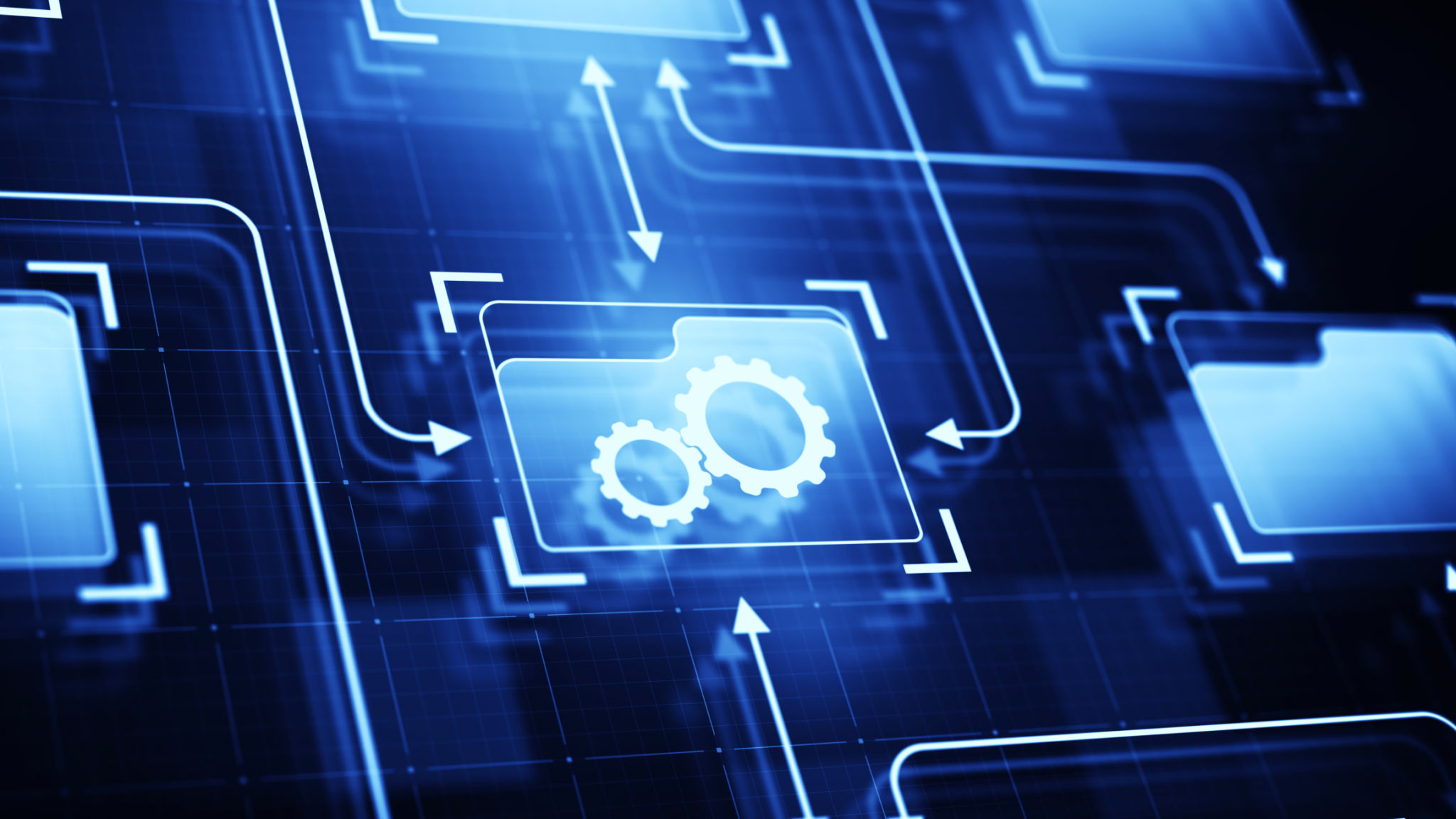The Role of Data Integration in Modern Smart Buildings
Td
The Importance of Data Integration in Smart Buildings
In recent years, the concept of smart buildings has gained significant traction, reshaping the landscape of urban infrastructure. Central to this transformation is data integration, which plays a pivotal role in enhancing the functionality and efficiency of these structures. By seamlessly connecting various systems and devices, data integration empowers smart buildings to operate more intelligently and sustainably.

Understanding Data Integration
Data integration involves combining data from different sources to provide a unified view. In the context of smart buildings, this means linking disparate systems such as HVAC, lighting, security, and energy management. The goal is to create a cohesive ecosystem where each component communicates effectively, leading to improved decision-making and resource optimization.
For instance, when lighting systems are integrated with occupancy sensors, they can adjust automatically based on the presence of people, thereby saving energy. Similarly, integrating HVAC systems with weather forecasts allows buildings to preemptively adjust heating and cooling levels for optimal comfort and efficiency.
Benefits of Data Integration
The integration of data in smart buildings offers numerous advantages:
- Energy Efficiency: By coordinating various systems, smart buildings can significantly reduce energy consumption.
- Enhanced Security: Integrated security systems provide real-time surveillance and threat detection.
- Improved Comfort: Automated adjustments ensure a comfortable environment for occupants.

Challenges and Solutions
Despite its benefits, data integration in smart buildings is not without challenges. Compatibility issues between legacy systems and modern technologies can pose significant obstacles. Additionally, ensuring data security is paramount, given the potential risks associated with interconnected systems.
To overcome these challenges, adopting open standards and protocols is essential. By fostering interoperability, these standards enable seamless communication between different devices and systems. Furthermore, implementing robust cybersecurity measures protects sensitive data from unauthorized access.
The Future of Smart Buildings
As technology continues to evolve, the role of data integration in smart buildings will only become more critical. The rise of the Internet of Things (IoT) and artificial intelligence (AI) promises even greater levels of automation and intelligence. These advancements will enable buildings to learn from data patterns, predicting maintenance needs and optimizing energy use autonomously.

Moreover, the integration of renewable energy sources such as solar panels with building management systems will further enhance sustainability efforts. This will not only reduce operational costs but also contribute to broader environmental goals.
Conclusion
In conclusion, data integration is at the heart of modern smart buildings, driving innovation and sustainability. By breaking down silos and facilitating seamless communication, it enables smarter decision-making and more efficient operation. As we look to the future, continued advancements in technology will undoubtedly expand the possibilities for what smart buildings can achieve, making them a cornerstone of sustainable urban development.
